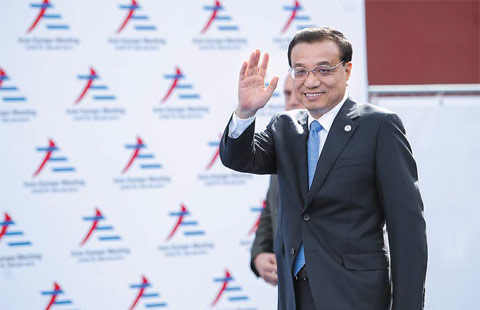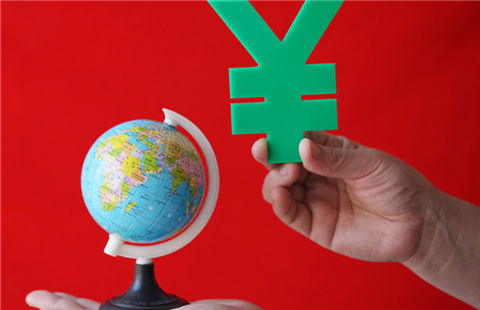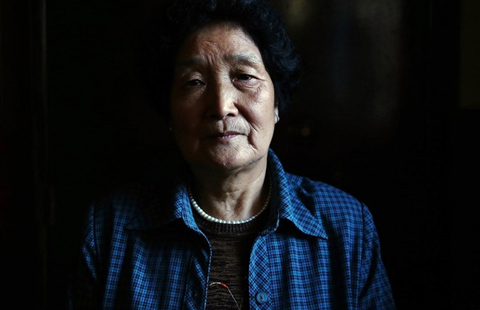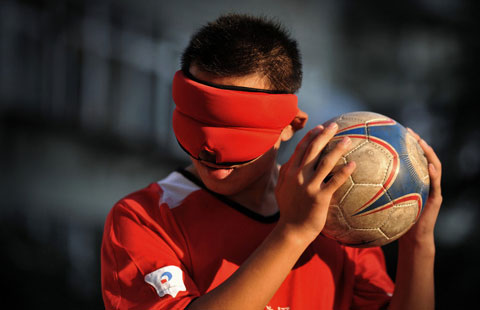
A box office bonanza contributes to changes in the portrayal of Chinese characters and themes
While Chinese filmmakers tend to see Hollywood and the American market as the holy grail, Hollywood is condescending at best in its attitudes toward anything Chinese. From the vantage point of the world's film production hub, Hollywood has not ignored China as much as treated it as a smattering of exotica.
There is an eight-minute montage compiled from dozens of early Hollywood movies that portray Chinese stories or characters. Since it went viral in China a couple of years ago, it has presented a snapshot of the typical Hollywood treatment. There were a lot of yellow faces, i.e., white actors passing as Chinese or other Asians, but surprisingly most of the characters were positive or sympathetic at least. The real problem, for someone who does not reside in the US, is not that Charlie Chan is benevolent and heroic and Fu Manchu is evil and offensive, but that almost all characters represent stereotypes and, as such, do not possess any depth or dimension.
Out of pure coincidence, the full-length feature that somehow caught Chinese fascination in recent years is Dragon Seed, in which Katharine Hepburn plays a young Chinese woman who leads her peaceful village in its fight against Japanese invasion. You cannot accuse Hollywood of inattention to detail because the high production values were evident, but it elicited more bemused curiosity than awe when viewed 70 years after its making and by the people of the country where the story was set.
If Hollywood's on-and-off attraction with anything Chinese was driven by alliances, ideology or quest for the exotic, the current wave of Chinese elements, from cameo roles to product placements, are predominantly determined by the thirst for a piece of action in the fastest growing film market. China has proved to be the salvation for several otherwise duds, including Pacific Rim and The Expendables franchise.
Sure, the overseas markets for Hollywood products had already overtaken North America before China thrust itself onto the world's cinematic stage, and Hollywood's take from the Chinese box-office grosses (25 percent) still lags behind what they can obtain from other markets, but Chinese money and influence are more and more reflected in the creative inputs in Hollywood as well as in the box-office bonanzas.
The new Transformers installment marks a milestone not just in the record it set in China's box-office takings, but in its eagerness to pander to what it perceived as Chinese taste. It incorporated so many Chinese products and placed them so haphazardly that many in China were dumbfounded more than elated by the sightings of familiar brands. Instead of one token role for a Chinese actor, it features several, with Li Bingbing in a supporting part. Perhaps more importantly, it set part of the story in China.
The difficulty for me is to determine how much of those decisions were prompted by Chinese money up front in the pre-production phase and how much by the increased revenues at the back end as a result of that additional Chinese content. In the case of Transformers: Age of Extinction, it won on both ends of the production. Sometimes one can only speculate whether the Chinese content had much to do with the commercial success in the Middle Kingdom. For all I can see, Pacific Rim wowed Chinese moviegoers with its special effects and not with the geographical proximity of its narrative.
Big Hollywood action movies have always taken on a globe-trotting mobility, but Asians were often used as mere window-dressing. The emerging film market in China, currently the world's second largest and expected to be No 1 in five years, is forcing Hollywood into accepting these foreign locales and characters as part of the fabric of its story-telling. With Chinese money often come the strings of Chinese-appeasing content, which, in the officially sanctioned co-productions, must amount to at least one third of the main cast and narratives. This is the line drawn in the sand if you want to bypass the quota and receive the higher-than-25-percent take from the box office. Truth is, very few projects have met these requirements and still managed to be big profit makers on both sides of the Pacific. Most of the films mentioned in this package are so-called assisted productions, not yet real co-productions.
Now that Chinese content is used more by necessity than by choice, Hollywood must calibrate how much of it is feasible for a particular movie or for a certain genre in general. An insider source once divulged to me that his Hollywood partner said one and a half Chinese actors was the maximum, the half being a cameo that disappeared in the first half hour. More than that, he said, it would have looked more like a Chinese film and therefore be difficult to sell in other non-Asian markets.
Why can a film with an all-Caucasian cast travel freely in Asia and not vice versa? Is there a hint of racism implied? It may take a social analyst to decipher. But for the time being, the purchasing power of Chinese moviegoers is dictating that a certain percentage of Chinese content be present if not as a prerequisite, then as a bonus and a goodwill gesture.
The writer is editor-at-large of China Daily. Contact him at raymondzhou@chinadaily.com.cn
(China Daily Africa Weekly 10/17/2014 page9)








